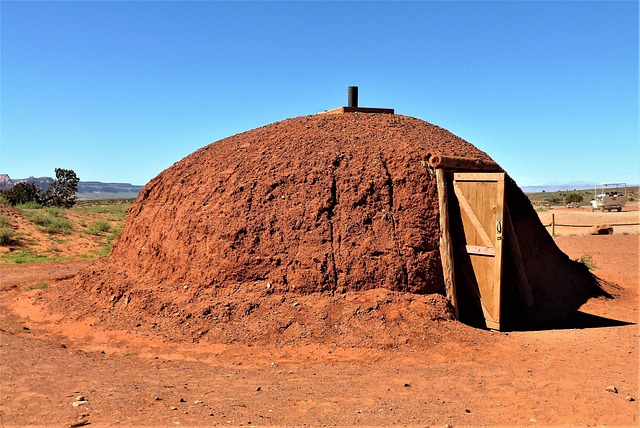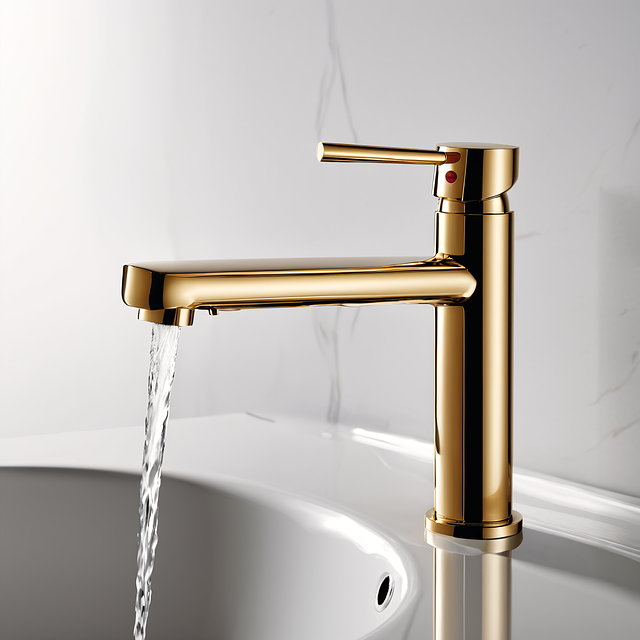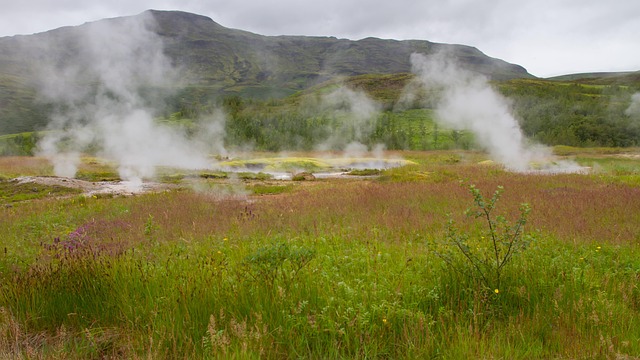When facing a no hot water repair, start by assessing leak patterns and locations on your water heater tank. Drained the tank, inspect for corrosion or wear, then replace gaskets and valves to prevent leaks. Restored water flow after repairs is crucial. Consult professionals for complex issues. Regular maintenance prevents future problems. Assess age, efficiency, cost, and DIY skills before deciding to repair or replace a hot water heater.
Tired of cold showers? Don’t let a leaky water heater tank leave you high and dry. This step-by-step guide walks you through fixing the problem, from identifying the leak to reconnecting your water heater. Learn how to assess the damage, turn off the supply, drain the tank, replace gaskets and valves, refill and pressurize, then test your unit safely. No more no hot water repair headaches – take control today!
- Assess the Leak: Identify the Source and Type
- Turn Off the Gas or Electric Supply
- Drain the Water Heater Tank
- Inspect and Replace Gaskets and Valves
- Refill and Repressurize the Tank
- Test and Reconnect the Water Heater
Assess the Leak: Identify the Source and Type

When dealing with a leaking water heater tank, the first step is to carefully assess the leak. Observe the pattern and location of the leak to identify its source. Is it coming from the top, bottom, or sides? This crucial information will guide your repair approach. Additionally, determine if the leak is persistent or intermittent – a key factor in diagnosing the issue.
The type of leak can vary, affecting both the tank’s upper and lower sections. Leaks at the top often point to issues with the pressure relief valve (PRV), while leaks from the bottom typically signal problems with the tank’s bottom sealing or water level control. Understanding these nuances is vital for effective no hot water repair and ensuring water heater safety precautions. Referring to comprehensive water heater troubleshooting guides can also aid in this process, providing step-by-step insights tailored to common issues. Remember, prompt action on leaks not only avoids wastage but also extends the lifespan of your water heater, enhancing its efficiency.
Turn Off the Gas or Electric Supply

Before you begin any repair work on your water heater tank, it’s crucial to address the most fundamental step: turning off the gas or electric supply. This is a safety measure that prevents accidents and ensures DIY water heater troubleshooting can be done with confidence. For gas heaters, close the valve located at the base of the tank or where the gas line connects. Electric models should have a switch on the heating element or a dedicated circuit breaker in your home’s electrical panel that you can flip to ‘off’.
This simple step is often overlooked but is essential when aiming to fix a leak causing hot water loss, as it halts any potential risk of fire or explosion associated with gas leaks and prevents electrical hazards. With the power source disconnected, you can now safely assess the situation and proceed with DIY water heater troubleshooting techniques tailored to your specific tank type.
Drain the Water Heater Tank

To begin fixing a leaking water heater tank, it’s crucial to drain the tank first. Turn off the water supply valves located at the base of the heater. Use a garden hose connected to one of the valve outlets to safely and effectively drain out all excess water from the tank. This step is essential for both no hot water repair and restoring heat to cold water pipes, as it prevents any further damage caused by leaks or overflows.
Once drained, inspect the tank for any signs of corrosion or wear. This process allows you to assess the extent of the issue and consider necessary hot water system upgrades. Keep in mind that how long does hot water last can vary greatly depending on factors like heater capacity and usage patterns. By taking this proactive step, you’re not only fixing immediate problems but also ensuring a more efficient hot water supply for your home.
Inspect and Replace Gaskets and Valves

Before you tackle any no hot water repair, start by inspecting and replacing gaskets and valves. These components play a crucial role in maintaining the water tightness within your water heater tank. Over time, they can become damaged or worn out, leading to leaks. Understanding water heater parts is key; identify the specific gaskets and valves that need attention.
For energy-efficient water heaters, this step is particularly important as even minor leaks can significantly impact energy consumption. By replacing these parts, you not only fix a leaking tank but also contribute to long-term savings on your energy bills. Remember, a well-maintained water heater ensures a steady supply of hot water and helps avoid unexpected disruptions in your daily routines.
Refill and Repressurize the Tank

After draining the tank, refill it with water to ensure there’s no air pockets that could cause further leaks. Once filled, repressurize the tank by turning on the cold water supply valve and waiting for the pressure gauge to stabilize. This process is crucial in restoring proper water flow and preventing future no hot water repair issues.
If you’re dealing with a boiler repair or experiencing inconsistencies in your hot water repair cost estimates, consult a professional for guidance. Water heater troubleshooting guides can only take you so far; certain problems require specialized knowledge and tools. They’ll be able to identify if the issue lies within the tank itself or other components connected to the system, ensuring long-lasting solutions rather than temporary fixes.
Test and Reconnect the Water Heater

After isolating the water supply to your heater, it’s time to test and reconnect the unit. First, turn off the gas or electric power (depending on your model) and allow any remaining hot water to dissipate. Then, carefully open the valve that was previously closed, and check for leaks. If there are none, proceed to relight the pilot light (if applicable) following the manufacturer’s instructions. This step is crucial in ensuring a safe and proper restoration of your hot water supply.
Understanding water heater parts is key when it comes to troubleshooting. Regular hot water heater maintenance, including periodic inspections and cleaning, can help extend its lifespan and prevent costly repairs. Keep in mind that while hot water repair vs replacement might seem like a straightforward decision, the best course of action depends on various factors such as age, efficiency, cost, and your comfort level with DIY tasks.
Fixing a leaking water heater tank is a do-able DIY project that can save you from unexpected cold showers. By following these simple steps, from assessing the leak to testing and reconnecting, you can restore your hot water supply efficiently. Remember, a well-maintained water heater is key to avoiding no hot water emergencies, so don’t hesitate to tackle this repair and ensure a continuous flow of cozy water in your home.
